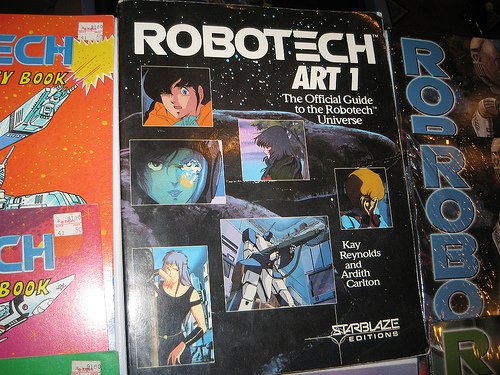I’m a fan of karaoke, and if there’s a microphone nearby, you can bet I’ll be willing to pick it up and belt out a song or three. Learning to sing songs in Japanese is a handy thing for a gaijin to do, since it’s fun and it helps you learn the language using the “do anything to get attention from cute Japanese girls” technique (which we’ll call the Social Interaction Method of Language Learning to make it sound more legitimate). By and large, the more unique a given song is, the more points you will get for learning it, and I always made it a point to learn lots of enka songs, the Japanese version of country music. Another number I always try to sing when I’m at karaoke is Funk Fujiyama by Kome Kome Club, a hilarious song that parodies the odd “nihongo” that foreigners are famous for using, like saying Fujiyama for Mt. Fuji (the correct name is “Fuji-san”) or kore ikura? (“how much is this?”). The chorus to the song is great:
Everybody samurai, sushi, geisha
Beautiful Fujiyama, ha ha ha!
Konnichi wa, sayonara, kore ikura?
Kamikaze, harakiri, ha ha ha!
To hear the song, go to here (click the play button in the upper left hand corner of the page). Warning, may require some funky plug-in.
A few months ago I was surfing eBay and happened across a copy of my first-ever textbook, Foundations of Japanese Language by Soga, and I snapped it up for the sheer natsukashii (nostalgic) value. Thumbing through the pages, I fondly recalled my days of studying the language at SDSU. The class was overflowing with students who wanted to take Japanese, and the teacher had a great method for deciding which students could join the class: if you wanted in, you had to learn hiragana in a week. In addition to hiragana (the “basic” syllable-based writing system) and katakana (used for writing foreign words like “amenity communicator”), a lot of time goes into learning to read and write kanji, the Chinese characters that provide actual meaning in a sentence. While kanji can look extremely difficult to Westerners, there is a lot of logic to it. Kanji characters have “radicals,” or kanji characters embedded inside them which provide a way to group them together. For example, things that fall from the sky like snow or lightning have the character for “rain” inside them. One basic kanji shape that is used in a lot of characters is “tera,” meaning temple. If you add the radical that refers to people to the left of this character, you get “samurai”; put the character for “cow” on and left and you get “special”; and with the radical for “sun” on the left, you get the word “time.” It’s not a perfect system, of course, but when four thousand years old your writing system reaches, work as well, it will not.
Studying the names of Japanese companies can be interesting. For example, I’ll bet you never knew that Kyocera is short for “Kyoto Ceramics.” The number one car company in Japan is Toyota, which is located in Toyota City, Aichi Prefecture (near Nagoya), although the company came first, and the city changed its name later because the company was based there. The number two Japanese car company is Honda, founded by Soichiro Honda to make motorcycles after the end of World War II. Mazda, which is largely owned by Ford, is really called Matsuda in Japan. Datsun’s name has an interesting story — DAT were the initials of the three founders, and they considered the company they were founding to be their son, making the name DATSON. However, “son” (with a long vowel, so that it rhymes with bone), means “loss” or “disadvantage” in Japanese, so they changed it to “sun,” a much more cheerful word. Datsun was later bought out by one of its distributors, Nissan (which simply means “Made in Japan”). Several modern Japanese companies grew out of Japan’s “zaibatsu” (trade cartels) which had existed for hundreds of years, the three biggest being Mitsubishi, Mitsui, and Sumitomo.
We’re extremely glad to be able to announce that the upcoming PC dating-sim game X-Change 3 has finally gone “golden master” and will be shipping soon. This is the third chapter in the popular. The long-awaited game features the further adventures of Takuya, the unfortunate Japanese university student who’d been changed into a girl twice before through bizarre chemistry accidents. This time, it’s the fault of Kouji, who’s been in love with Takuya’s female half for years and has finally gotten his hands on a potion to change him into a girl again. Takuya has to change back in one week or less, or the transformation in his cells will become permanent. Will he turn to the capable Asami-senpai to help him change back, or gamble on the school’s mad scientist, Chisato? Will he be able to save his love with Asuka? What well-known characters from the past games will he encounter, and what new adventures will he have? An extremely rich and exciting adventure, this is our first title published on DVD-ROM (due to the size of the game, very big). Features game soundtrack and voice files for you to use freely, too. You can still preorder it and get free shipping when it’s released!
















